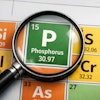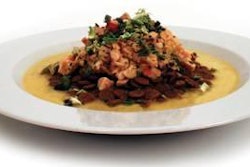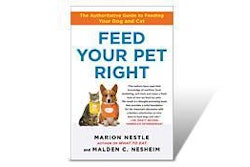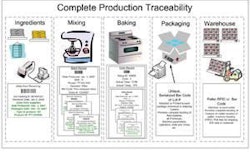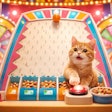Research in humans has shown the size of food bowls, plates and utensils can significantly impact the amount of food portioned and consumed. This effect can be attributed to both the Delboeuf optical illusion and the Ebbinghaus-Titchener size-contrast illusion.
To investigate the existence of a similar effect with dog owners, 54 dogs and their owners were recruited for a four-treatment randomized prospective trial. Owners scooped out a normal kibble-based meal using a small bowl and small scoop, small bowl and large scoop, large bowl and small scoop or large bowl and large scoop. Each treatment was used once per owner over four visits.
Repeated measures revealed the mean amount of food portioned using the small bowl and small scoop was significantly less than all other bowl and scoop combinations (150.7 g vs. 171.5 g vs. 172.7 g vs. 184.5 g, respectively). The small bowl and large scoop combination did not differ from large bowl and small scoop. Owners were more likely to portion a larger amount of food with a large bowl and large scoop.
Results are consistent with human data and emphasize the need for owners to use standard measuring cups. Results also suggest owner compliance during weight loss programs may be improved with smaller bowls and serving scoops.
Source: M. Murphy et al., 2011. Size of food bowl and scoop affects amount of food owners feed their dogs. JAPAN online April 2011. doi:10.1111/j.1439-0396.2011.01144.x

